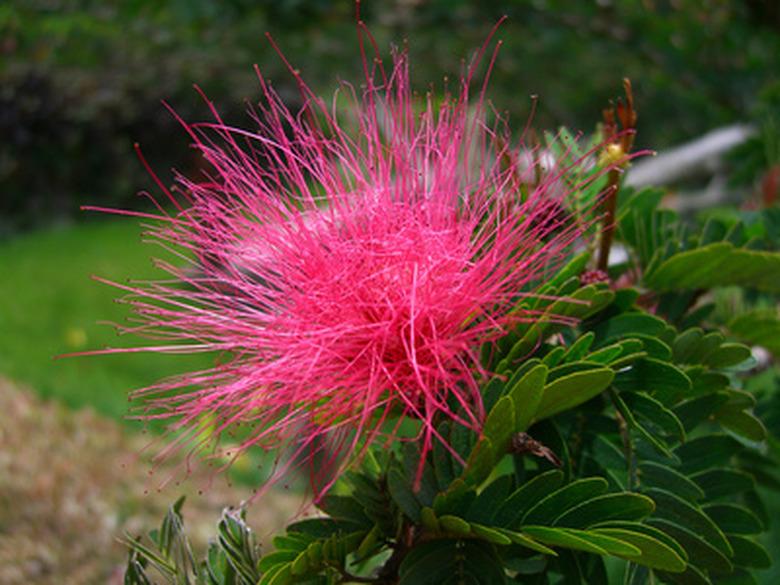Soil Requirements For Mimosa Pudica
Sensitive plant (Mimosa pudica) originates from South America and today grows as a small, short-lived shrub throughout the world. The plant earns its name from its unusual tendency to fold up its leaves when touched, an adaptation it possibly evolved to protect itself from hungry herbivores and drying out. The Michigan State University Extension describes the sensitive plant as difficult to grow, but building its preferred soil is a step in the right direction toward successfully cultivating this fascinating plant.
In the Wild
In nature, sensitive plant requires well-drained soils in order to grow and performs best on soils that have been disturbed or where burning has eliminated competing vegetation. Sensitive plant does not compete well with other plants, especially when shaded out by taller plants. Because of these preferences, it tends to grow in cropland, on construction sites and along roads, where human activities disturb the soil and remove most competing plants. Despite its fussiness in some regards, sensitive plant does not require a nutrient-rich soil in order to grow, and it inhabits sites stripped of topsoil and low in nutrients. Observing how it grows in the wild helps to plan how to meet its needs in your garden.
Potting Mixture
The University of Oklahoma Department of Botany and Microbiology's website Plant of the Week recommends using a potting mixture for sensitive plant that consists of two parts peat moss, two parts loam and one part sand or perlite, a formulation used to successfully grow this plant. This mixture provides the good drainage that sensitive plants need to thrive.
Fertilizer
Although the sensitive plant's growth in the wild suggests that it can survive easily on nutrient-poor soils, Plant of the Week also recommends a rather intensive fertilization program when growing the plant as a houseplant or in a garden. When the plant is actively growing, they recommend fertilizing it weekly with a complete liquid fertilizer diluted to half of its strength. During the winter months, continue to provide this fertilizer to the plant, but do so on a monthly basis. If you're planting sensitive plant outdoors, have a soil test done to determine the fertility of your soil before adding fertilizers.
Water
Sensitive plant requires an evenly moist soil while also showing sensitivity to overwatering. To achieve the correct balance requires not only watering the plant correctly but properly establishing the soil in which it grows. Heavy clay soils will hold water around the plant's roots, while sandy soils will dry out quickly and leave the plant desiccated. Adding organic matter–similar to the potting mixture recommended by Plant of the Week–such as compost or manure will help to keep the soil moist without holding excessive water. Feel a few inches down into the soil to determine whether the plant needs water rather than relying on guesswork.
